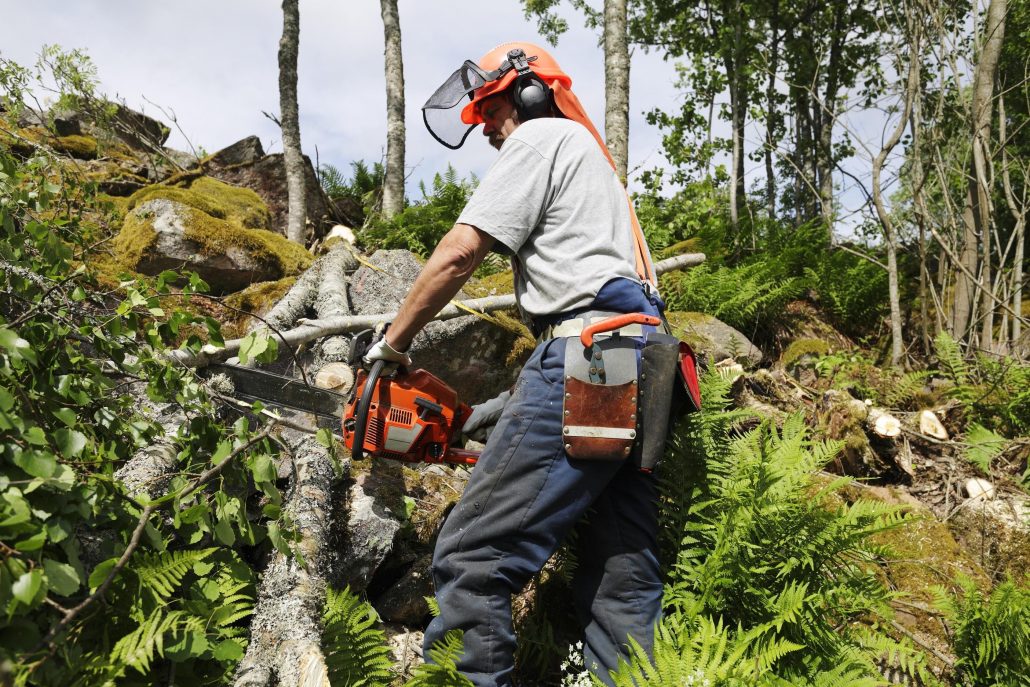Providing your lone workers with a safety solution is a great step, but you may be concerned about experiencing resistance from your workforce.

For many employees, resistance comes from a lack of understanding or fear of the unknown.
Your employees may feel they do not need a safety solution, do not have time for it or simply do not understand how it works.
Yet there are simple steps you can take to break down some of these barriers and get your employees on board with their new lone worker devices.
Focus on the benefits
Perhaps the most effective way to get your employees on board with safety devices is to focus on the benefit using them will have on their safety.
Make it clear that they are valued and their well-being is a top priority for the business.
A good way to do this would be to make your staff aware of the risks they face and explain how the device could help to protect them.
Be honest with how they are being used and do not break trust
If you are using a device with location tracking, it is important to communicate how you plan to use this data.
The focus here should be on safety, but if you plan on using location information in any other way, make this clear to the employee.
There must be a safety or operational reason behind tracking and the information should not be used in any other way in order to retain trust.
Be clear on when the employee is being tracked
You must also communicate when the employee is being tracked.
Fortunately, most apps and devices are self-initiated, which means the lone worker is in control of when their location can be accessed.
Make it clear that tracking outside of work hours is illegal and allow employees to turn tracking off during breaks.
Provide a Q&A sheet with information on battery and data usage
Aside from tracking, battery and data usage are the main concerns when it comes to using safety apps.
This is largely due to lack of understanding as most apps use very little data and no more battery than other popular apps.
Providing your employees with a Q&A sheet addressing these concerns will help them to better understand the app and break down perceived barriers.
Your supplier may already have a Q&A sheet as part of their training or you can ask them for more information to enable you to write your own.
Provide training
Understanding and ability to use your lone worker devices is key.
Your employees will not use the device if they do not know how or when they are supposed to be using it.
If you work with a company to provide a lone worker device to your staff, it is worth asking them about training as a good supplier should provide you with guides, videos or training sessions as part of their service.
Remember to train any new employees and provide refresher training or access to online materials for those who are not using the device correctly or need some additional training.
Provide time to test the device before going live
Your employees may find it useful to be provided with time to test out any new device before you begin monitoring.
This will allow them to familiarise themselves with the device, put training into practice and give them confidence that they are using the new solution correctly.
Ask for feedback whether positive or negative
Ensure you gather feedback from your employees in order to identify any issues they are having.
Encourage negative feedback as well as positive so you can overcome any issues as quickly as possible.
Review usage and discuss with employees
If your employees are failing to use the device or are consistently triggering false alerts, discuss with them the reasons behind their behaviour and address any concerns.
They may still hold misconceptions or simply need additional training.
Some apps and devices will provide reports on usage so that you can quickly identify who is using the device and whether they are doing so correctly so you can target any re-training appropriately.
Enforce usage
If using the device is made optional or not enforced, not only would you be liable for an accident or incident, but it could also encourage complacency.
Be clear that device usage is part of a policy that they are required to follow.




